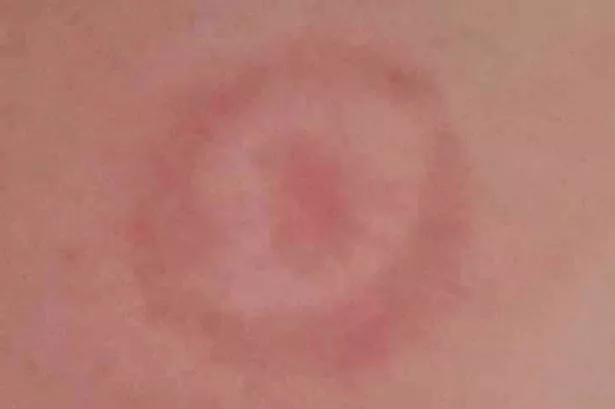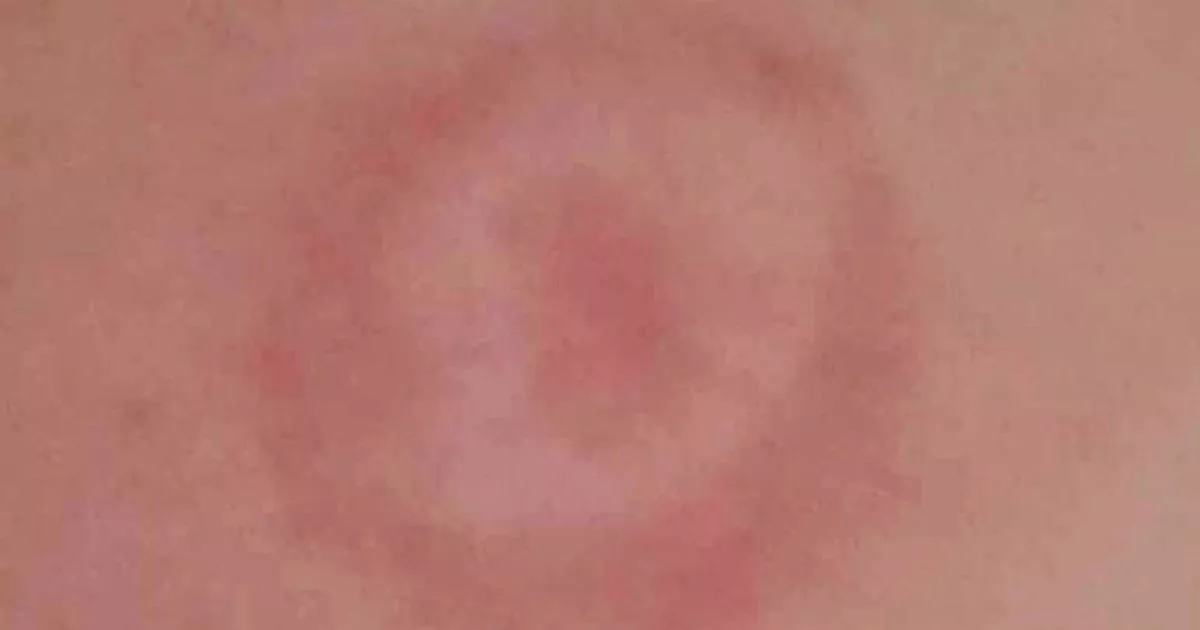As the weather gets warmer families will spend more time outdoors The UKHSA has shared the importance of regularly checking for ticks (Image: Melonie Bray/Daily Post (Wales))
The UKHSA has shared the importance of regularly checking for ticks (Image: Melonie Bray/Daily Post (Wales))
The UKHSA has shared the importance of regularly checking for ticks after being outside for a prolonged period. Ticks can be active all year round, but they are most active in the months April to July, and sometimes later in the autumn.
Ticks live in many different outdoor environments but they are particularly common in grassy and wooded areas. The health agency says people are “more at risk” of being bitten if they take part in activities such as hiking, cycling or camping. You might also be exposed to ticks while on a walk in some urban parks and gardens.
A blog posted by the UK Health Security Agency says “check for any feeding ticks and remove them very quickly.” Ticks can transmit ‘Lyme disease’, the disease can be acquired when someone is bitten by an infected tick, usually outdoors in green spaces where ticks might be present.
However, the UKHSA says: “it should be remembered that not all ticks carry the bacteria which causes Lyme disease and not all bites from an infected tick will result in human infection.”
One of the most common symptoms of Lyme disease is a spreading, ‘bullseye’ rash, where the tick bite is. This typically develops 3 to 30 days after being bitten. This rash does not occur in all cases.
Other symptoms include mild flu-like symptoms such as fever, headache and fatigue, a facial droop, nerve pains and numbness or tingling in the hands or feet. The health agency says people are most likely to encounter ticks when doing activities in countryside, particularly woodlands and grasslands.
Content cannot be displayed without consent
Other green spaces such as urban parks or gardens can also provide opportunities for contact between people and ticks. The majority of tick bites will not cause Lyme disease. There are around 1,500 laboratory-confirmed cases of Lyme disease in England and Wales each year.
Explaining whether Lyme disease can be treated, UKHSA states: “In the UK, Lyme disease is an uncommon infection and can be successfully treated with antibiotics as per National Institute for Health and Care Excellence (NICE) guidelines.
“If untreated, it can cause a wider range of symptoms in some people such as multiple rashes on other parts of the body, facial droop, shooting nerve pain and, rarely, palpitations or joint swelling.”
They add: “Looking out for symptoms of Lyme disease and checking yourself for ticks after you go to green spaces where they may be present is very important. Prompt correct tick removal can reduce your chances of acquiring Lyme disease.”
If you become unwell (for example with a spreading circular rash, flu-like symptoms, nerve pain or a droop on one or both sides of the face) within a few weeks of being bitten by a tick, you should contact your GP or dial NHS 111 promptly.
Since data collection began in 2005, there has been a gradual increasing trend in cases of Lyme disease. Although yearly fluctuations have been observed, particularly since 2018.
UKHSA says: “The rise in total cases may be due to a combination of increased awareness of Lyme disease as well as improved surveillance, better access to diagnostics, increased potential for encounters with ticks due to changes in wildlife populations and habitat modification.”
